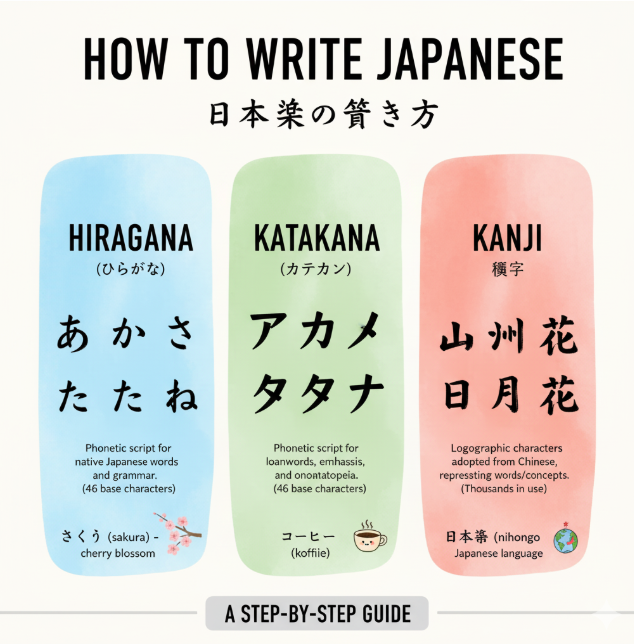
The Japanese language has been an important language in today’s times that people want to learn. Learning about how to write Japanese in Japanese can be difficult at once, but it becomes easier after daily engagement with the language. To learn something original, the most important part is to understand the fundamentals of that work. An easy way to learn Japanese can be available through many sources. Attention to small details is also required.
In this blog, step-by-step guidance on Writing Japanese will be provided, which makes it easier for you to understand. From basic learning to sentence formation, you will be provided with the whole draft plan. By the end of this blog on how to learn, from where to learn, and which books you can use, you will get all the information. By giving attention to each step equally, it will be effortless for you to write Japanese comfortably.
Understanding the Japanese Writing Systems:
Before starting to learn how to write Japanese in Japanese. It is compulsory to understand the fact that what makes this language unique. It is a mixture of three kinds of scripts, which are: Hiragana, Katakana, and Kanji. These are described in detail, which are as follows:
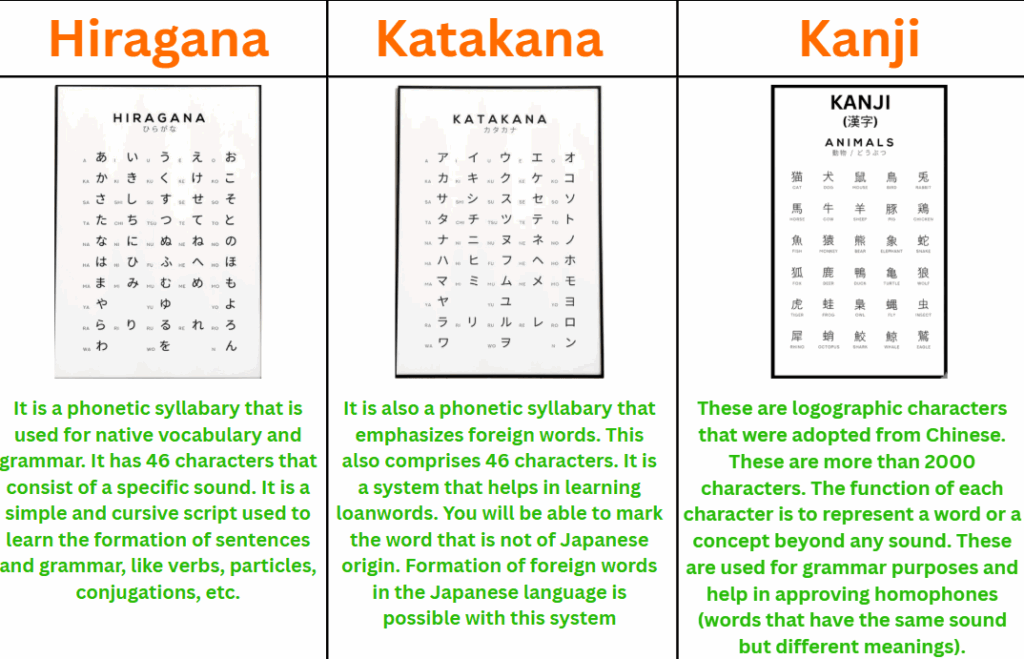
The fourth one is Romaji, which is not a part of the Japanese writing system. It is a transcription method through which non-native speakers of the Japanese language can understand Japanese. It is romanized Japanese, which means the Latin alphabet is used to transcribe Japanese sounds.
Step-by-Step Guide for How to Write Japanese in Japanese:
There are multiple steps to learn how to write Japanese in Japanese. These steps should be followed wisely if you want to write Japanese Language fluently. To learn something step-by-step means conquering every mistake and learning in the right direction. The steps are given below:
Step 1- Mastering Hiragana:

Hiragana is a gateway to learn how to write Japanese in Japanese. It is the 1st step from where everything starts, as it is the Japanese version of the alphabet. The textbooks that are made for beginners, Hiragana is the 1st script you will find, as it is a place where you learn how to write Japanese. You can learn it with consistency and regular practice. To master Hiragana, there are important points to keep in mind. These are:
- Memorize the characters. To learn any language, the first step is to begin with learning the alphabet. Further, to learn vowels and consonants within this system.
- Good pronunciation is the 2nd step, where you understand the Japanese sounds behind the alphabet. With the help of pronunciation, you can remember things for a long time.
- Next is to learn the stroke order. To write Japanese, it is vital to grasp the concept of strokes and practice them on graph paper, which will be fruitful in the learning journey.
Step 2- Learn Katakana:
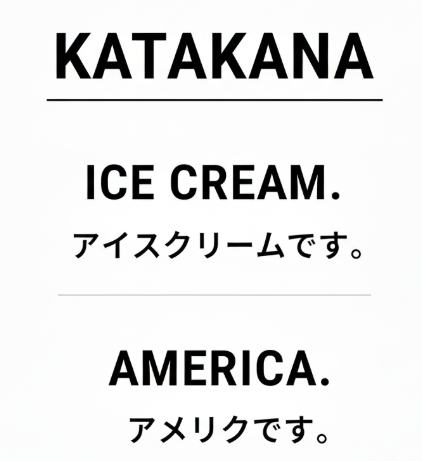
To learn Katakana, it is easy because it is mostly similar to Hiragana. The basic difference is that it emphasizes foreign words. As it is less used as compared to Hiragana and Kanji, it is also important to learn. Learning Katakana requires basic steps that need to be followed, such as:
- Study the chart very carefully. So it contains words that help you to learn how to write words in languages other than Japanese language.
- Practice its stroke order. As it is a little different from Hiragana.
- Use modifiers and combinations to make it an easy way to write Japanese in Japanese.
- This is the last step when you practice katakana enough. Try to integrate it with hiragana and practice.
Step 3- Understanding Kanji:
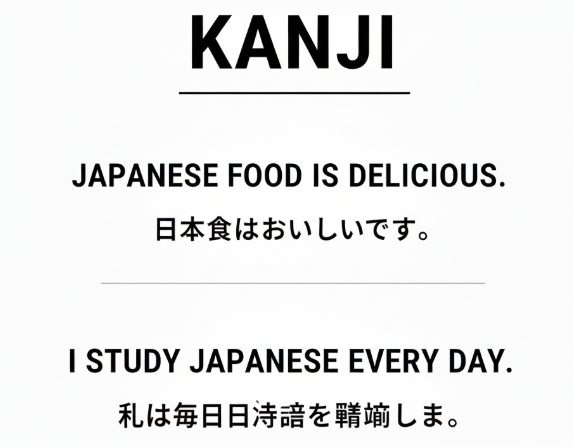
It is the most difficult part in learning how to write Japanese in Japanese. This system of writing is very complex. It is being treated as an Everest of the Japanese Writing System. It is the toughest part among the three writing systems that needs to be handled methodologically. Thus, there are some steps to learn Kanji:
- Learn the basics of Kanji. Starting from radicals means building blocks. It is the most comprehensive and crucial step.
- Then learn the strokes of Kanji and practice them. It should be followed by a proper order, like top to bottom or left to right.
- Practice diligently and with consistency, as it is a system that represents meaning and sound.
Step 4- Learning Japanese Grammar:
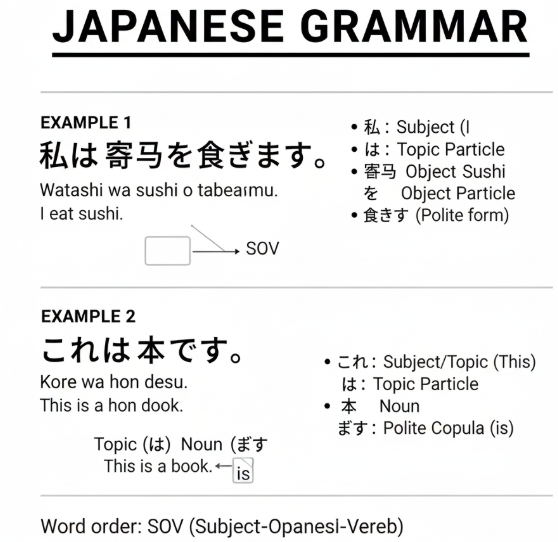
To learn grammar, it is beneficial to combine scripts. The Japanese language is a mixture of all 3 scripts. Like Kanji used for nouns and verbs, etc., Hiragana for particles and conjunctions, etc., and last, Katakana for emphasising. Some of the grammatical rules of the Japanese language were as follows:
- To learn about basic sentence formation, it is important to note that in Japanese, they portray a sentence as subject-object-verb.
- The key to grammar is particles. These are of three types, i.e., marking, sentence ending, and conjunctive. “Sentence ending” means indicating the speaker’s attitude, and “Conjunctive” means connecting words, phrases, or clauses within a sentence.
- They even use various conjugations, as these are positive and negative forms of past, present, and future. These are even formal and informal.
- The various parts of the speech are copula, verbs and verb types, i-adjectives, nouns and noun phrases, na-adjectives, and adverbs.
Therefore, the 4 basic steps are crucial for every beginner Japanese Learner to follow. By this step-by-step guidance, you can learn how to write Japanese in Japanese in a very systematic manner. Either basic or advanced level, nothing will seem tough.
Various Sources for Beginners About How to Write Japanese in Japanese:
There are several sources, such as textbooks, reference books, and dictionaries for beginners. These are given below:
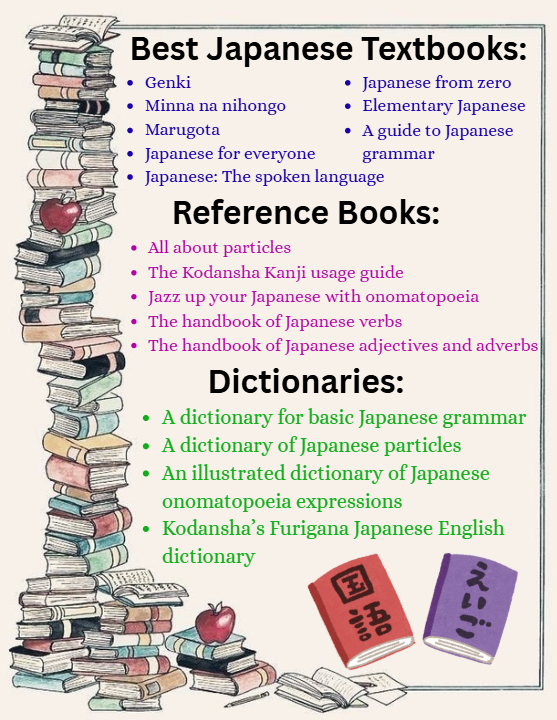
Kazumi Japanese and Culture School by Henry Harvin:

Kazumi Japanese and Culture School is a top-ranking Japanese language institute by Henry Harvin. It consists of more than 12,000 courses with 37+ categories. It is established in the US, UK, UAE, and India and has trained 460,000+ individuals. There are more than 7000 classes per month with 900+ corporate clients. It is providing certified courses, and the certifications are from the Government of India, such as NSDC and the Ministry of Skill Development, India. It is affiliated with AAPC, Microsoft, MSME, MCA, TEFL, and many more.
Postgraduate Diploma in Japanese Language:
Background- It is a Postgraduate Diploma Course in the Japanese language. From basic to advanced level, i.e., N5-N1, it will cover all aspects. This curriculum is for the JLPT level. The internship will also be provided under this course. You will also get access to 52+ masterclass sessions and free access to the LMS portal. Get a virtual internship via Yuva Intern.
Course Details- Given below are the details of the course:
| It is 334 hours of live sessions with 111 hours of doubt-solving sessions. |
| There will be 56-hour sessions by industry experts along with 14+ industry case studies. |
| 260 auto-graded assessments with more than 67 assignments and mini projects. |
| 2 mock interviews, 3 hackathons, and a 3-in-1 placement opportunity. |
| There are 5 curricula with 24 months of gold membership at Kazumi Japanese and Culture School by Henry Harvin. These curricula are: 1. Japanese language N5 level 2. Japanese language N4 level 3. Japanese language N3 level 4. Complementary module 1- Soft development skills 5. Complementary module 2- Resume writing |
| Certifications will be provided after the completion of the course, along with the internship. |
Therefore, enhance your learning experience of Japanese, as it has been given a 4.8/5 star rating by Forbes. 1455 learners have taken this opportunity.
Conclusion:
By the end, this is the whole roadmap for learning how to write Japanese in Japanese. It is now not only a matter of learning a new language. It is a matter of combining two cultures and creating strong ties between the two countries. Learning Japanese is not that easy, but if you practice regularly, you can enhance your progress. There are several online courses too, which make your learning journey easier and comprehensive. This detailed guidance will definitely provide you with clarity regarding learning Japanese.
FAQs:
Ans. Japanese language can be written horizontally, which means from left to right, and vertically, which means in columns from top to bottom and with columns from right to left.
Ans. To remember a huge number of Kanji characters, to learn precise and correct stroke order, multiple pronunciations & meanings, and to learn their 3 writing systems.
Ans. Some of the common mistakes made by beginners are not understanding the importance of hiragana and katakana, relying on romaji, avoiding kanji script, searching for word-to-word translations, inconsistency, and lack of exposure to the Japanese language.
Yes, it is difficult to learn, as it comprises a mixture of 3 writing systems. Moreover, Kanji is also very tough to remember. In addition, perfection in stroke order takes time, and regular practice is required.
Ans. The future scope in India is very vast. As there is an advancement of technology and the development of industries, there is a huge demand for professionals who know Japanese. From manufacturing to the tourism sector, it is growing rapidly.
